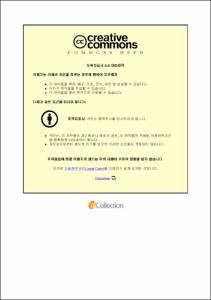실버세대의 외식소비성향에 따른 레스토랑 선택속성이 고객행동의도에 미치는 영향
= Effects of Restaurant Selection Attributes by Foodservice Consumption Propensity on Customers’ Behavioral Intentions of Silver Generation
- Appears in Collections:
- 호텔관광외식경영학과 > 1. Thesis
- Files in This Item:
-
-
Download
 000001908366.pdf
기타 데이터 / 989.35 kB / Adobe PDF
000001908366.pdf
기타 데이터 / 989.35 kB / Adobe PDF
-
Items in Repository are protected by copyright, with all rights reserved, unless otherwise indicated.